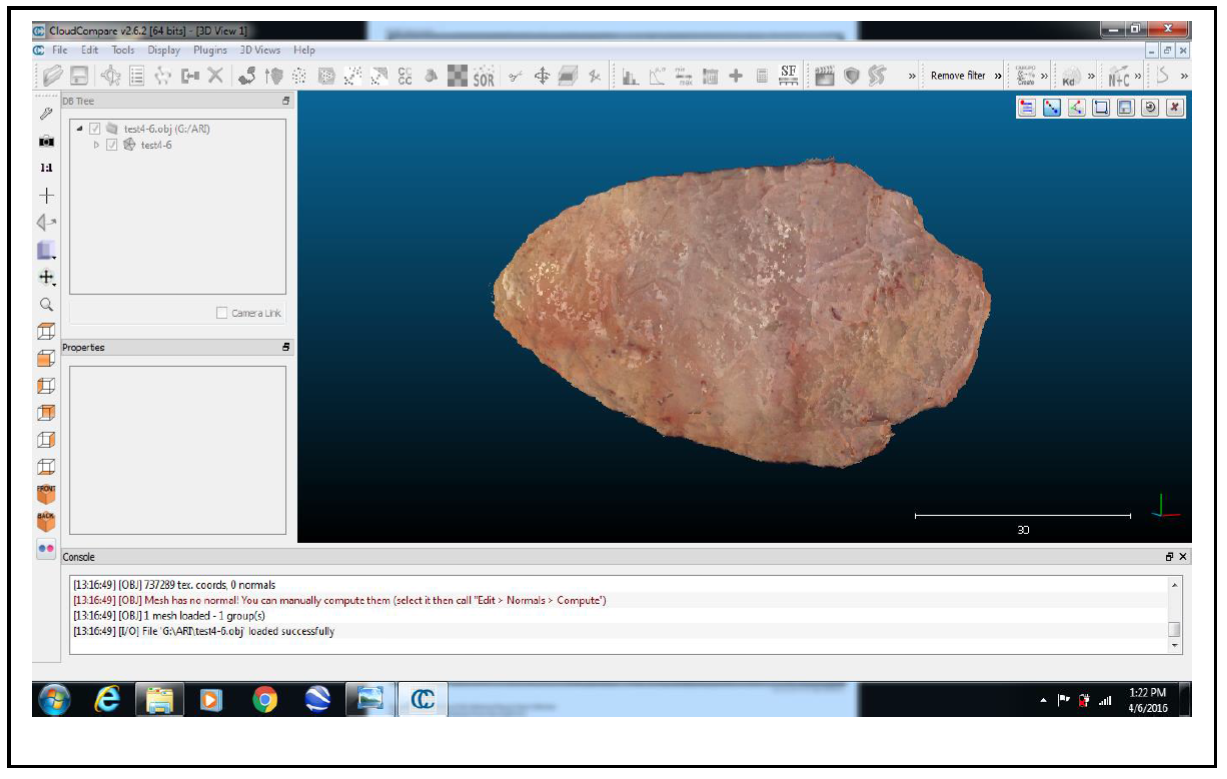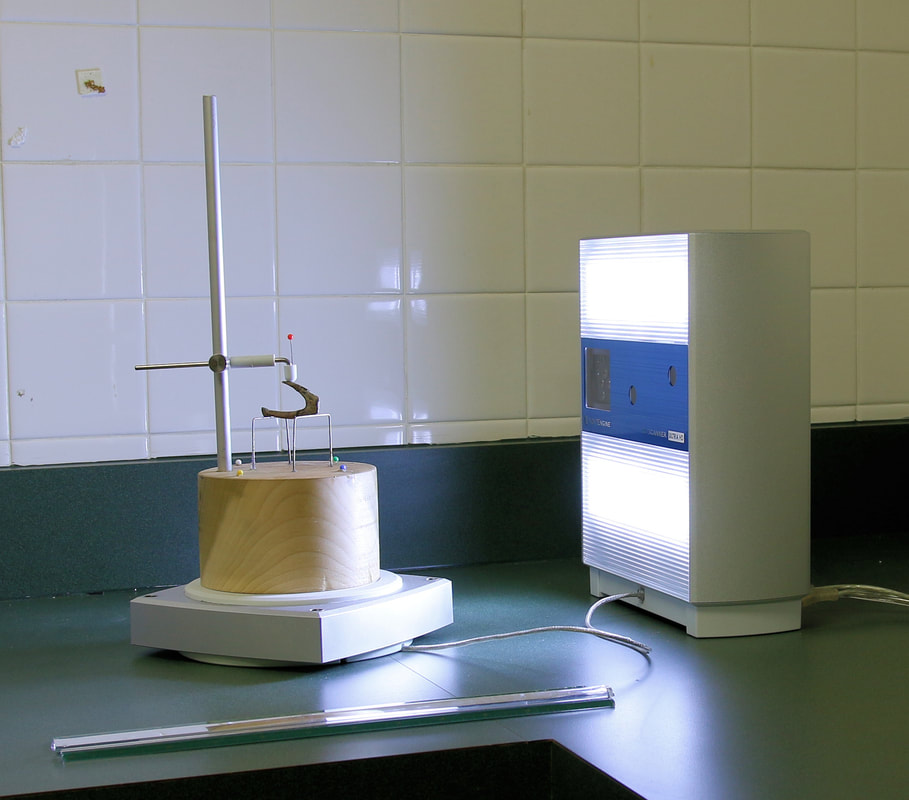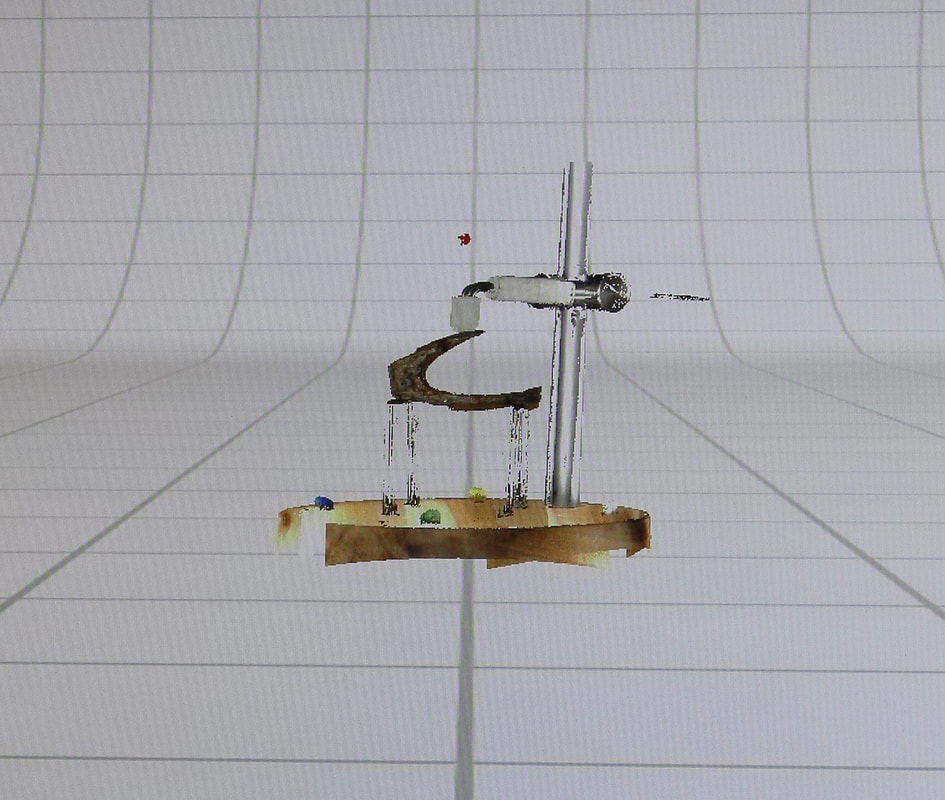VIRTUAL MUSEUM OF ARCHEOLOGY AND NATURAL SCIENCE
UNDER CONSTRUCTION
Welcome to the Aucilla Research Institute Virtual Classroom and Museum. This application explores various aspects of the natural environment and history of the North Florida region. The material provided has been selected to be of interest to a wide spectrum of viewers. In addition to photographs, some of the exhibits may be viewed in three dimensions. Please use the tabs below to navigate the Museum and to understand the objects included here.





